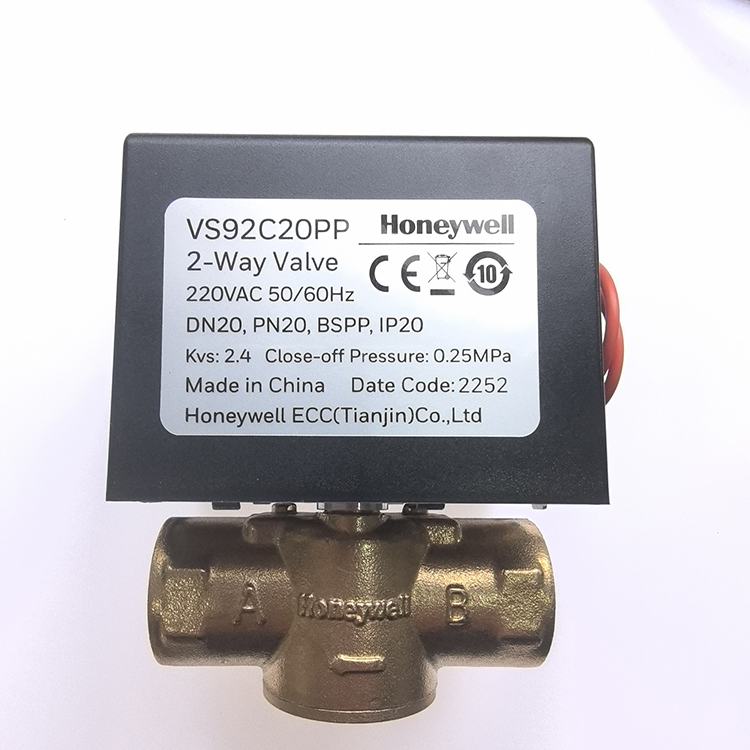Modern smart thermostats are designed to integrate seamlessly with central AC systems, providing users with greater control and energy efficiency. Here's how they work:
1. Compatibility: Before installing a smart thermostat, it is important to check its compatibility with your central AC system. Most smart thermostats are compatible with conventional central AC systems, but if you have a more complex HVAC system or a heat pump, you may need to find a thermostat specifically designed for those systems.
2. Wiring: Smart thermostats typically require a C-wire (common wire) to provide a continuous source of power. If your current thermostat doesn't have a C-wire, you may need to hire a professional to install a new one or use alternative powering methods like power stealing or using an external transformer.
3. Installation: Once the compatibility and wiring are sorted, installing a smart thermostat is relatively straightforward. You'll typically find detailed installation instructions in the thermostat's manual or through a mobile app. It usually involves turning off your HVAC system, removing the existing thermostat, connecting the wires to the corresponding terminals on the smart thermostat, and mounting it on the wall.
4. Wi-Fi connectivity: The key feature of a smart thermostat is the ability to connect to your home's Wi-Fi network. This allows you to control the thermostat remotely through a mobile app or a web portal. During installation, you'll need to connect the thermostat to your Wi-Fi network and create an account on the manufacturer's app or website.
5. Smart features: Smart thermostats offer a range of features to enhance the overall comfort and energy efficiency of your home. These may include:
- Remote control: The ability to adjust the temperature or set schedules from anywhere using your smartphone or tablet.
- Learning capabilities: Some smart thermostats are equipped with artificial intelligence that learns your preferences and adjusts the temperature accordingly to save energy.
- Geofencing: This feature uses your smartphone's location to automatically adjust the temperature when you leave or return home.
- Energy usage reports: Smart thermostats provide detailed reports on your energy usage, allowing you to better understand your consumption patterns and make adjustments.
- Integration with other smart devices: Many smart thermostats are compatible with other smart home devices, such as voice assistants, allowing you to control your thermostat using voice commands.
6. Energy savings: One of the main advantages of smart thermostats is their ability to save energy and reduce utility bills. They achieve this through features like learning capabilities, remote control, and energy reports, helping you optimize your heating and cooling usage based on occupancy and preferences.


 English
English 中文简体
中文简体

.jpg)






 +0086-18067425071(Wechat)
+0086-18067425071(Wechat) +0086-574-62803230
+0086-574-62803230 Duoye0413@outlook.com
Duoye0413@outlook.com
